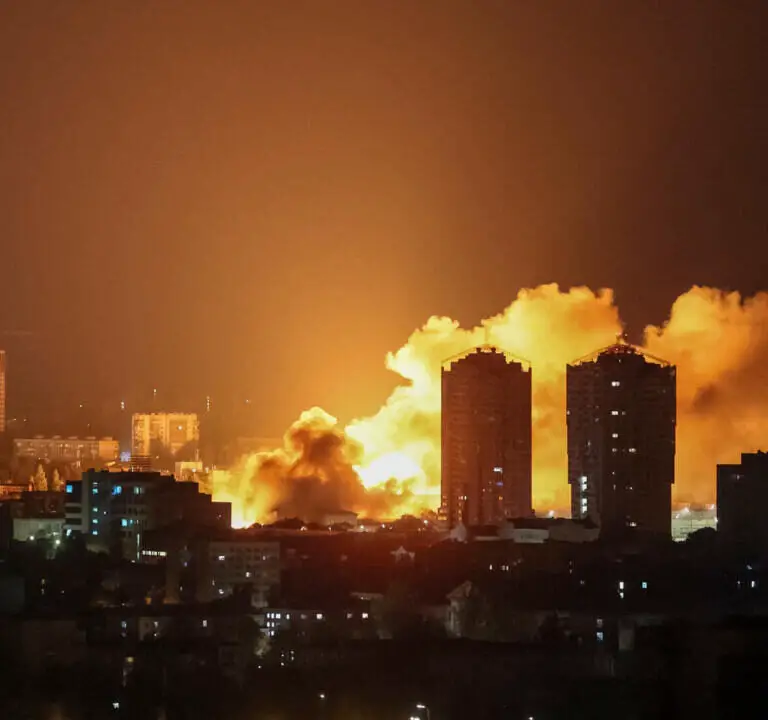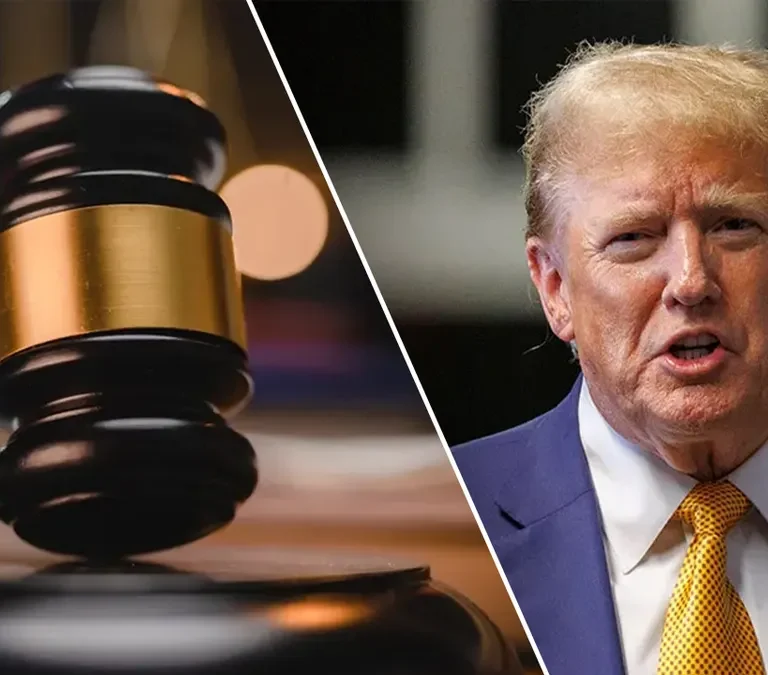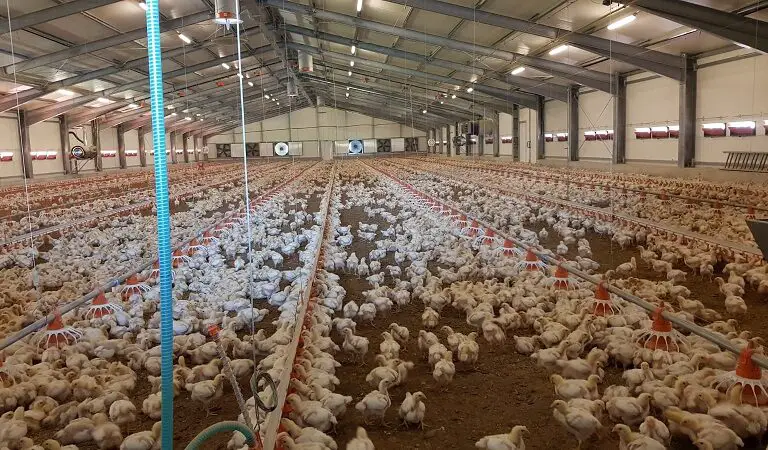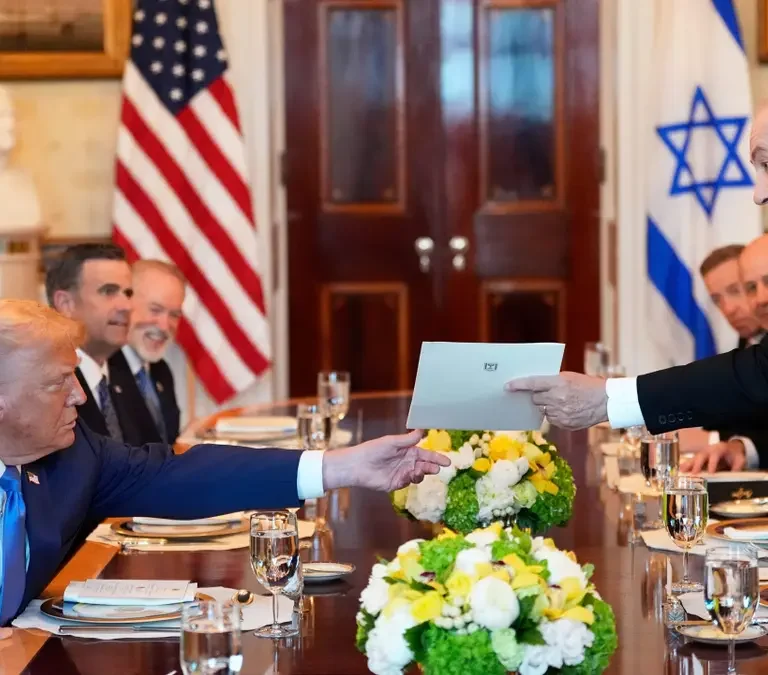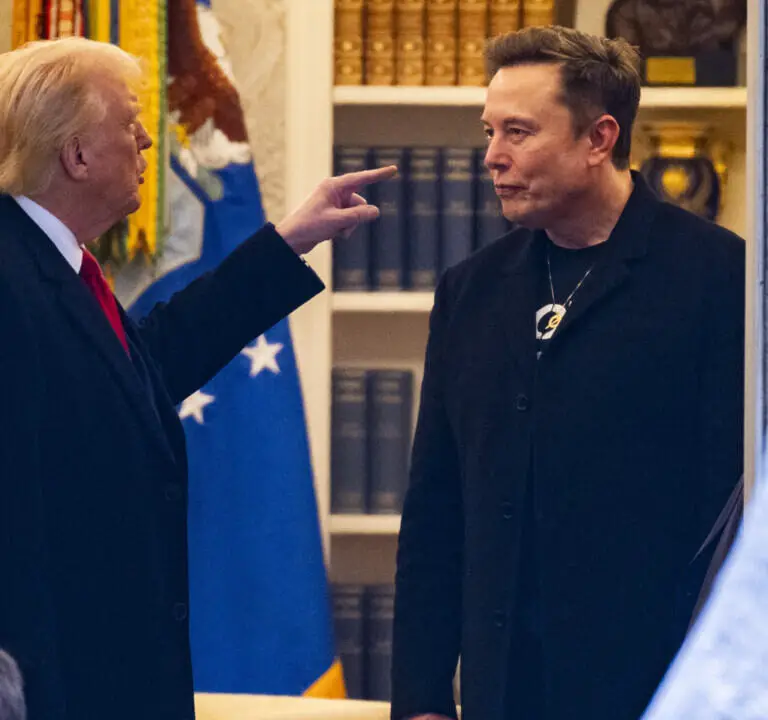
NBA 2K26 Summer League Tips Off in Las Vegas: Cooper Flagg and Rising Stars Take Center Stage
The NBA 2K26 Summer League officially commences today in Las Vegas, marking the beginning of an 11-day showcase for emerging talent across the league. The event will run from July 10 to July 20, featuring 76 games, a playoff format, and a championship. Each of the 30 NBA franchises will play at least five games, with the top four advancing to the semifinals and final Sports Illustrated+9ESPN+9NBA+9NBA. Cooper Flagg vs. Bronny James: The Must-See Matchup On opening night, all eyes will be on the showdown between the Dallas Mavericks and the Los Angeles Lakers at the Thomas & Mack Center. The spotlight will fall squarely on No. 1 overall pick Cooper Flagg and Bronny James, the Lakers’ second-round pick and son of NBA legend LeBron James CBS Sports+15AS+15CBS Sports+15. Flagg, a 6′8″ versatile wing from Duke, enters the spotlight amid soaring expectations. A recent report notes he has significantly improved his three-point shooting this off-season—a potential answer to earlier concerns Duke Basketball Report. Moreover, under coach Jason Kidd’s direction, Flagg is expected to demonstrate his playmaking skills in multiple roles, reportedly including point guard Associated Press News+15Duke Basketball Report+15AS+15. Bronny James, meanwhile, seeks to build on a modest rookie campaign in the NBA and a strong showing in the G League. His Summer League performance will be closely watched as he aims to earn a more consistent role with the Lakers New York Post. The High-Stakes Opening Night The matchup has generated widespread hype. Ticket prices reflect the excitement, with courtside seats reportedly listed at over $3,000, lower-bowl tickets approximately $643, and standard entry beginning around $85 NBC Sports+1Sports Illustrated+1. The high demand underscores the summer league’s evolution into a major basketball event. Television coverage is robust. Fans can tune in to ESPN, ESPN2, and NBA TV, and games will also stream via ESPN+ and NBA.com Duke Basketball Report+15NBA+15Times of India+15. The Mavericks-Lakers game tips off at 8 p.m. ET (5 p.m. PT) Associated Press News. Other Rookie Showdowns: Dylan Harper and the Spurs Joining Cooper Flagg in the limelight is Dylan Harper, the No. 2 overall pick by the San Antonio Spurs. His Las Vegas debut is slated for Saturday against the Mavericks, following Harper’s absence in earlier tune-up games due to a minor groin injury Mavs Moneyball+10San Antonio Express-News+10San Antonio Express-News+10. The Spurs’ Summer League roster is deep, boasting multiple lottery picks and veteran recent draftees. Their game against the Mavericks, followed by matchups with the Jazz and Hornets, will offer insights into the depth of their rebuilding core San Antonio Express-News. Fresh Faces from All 30 Teams This year’s Summer League also highlights the continued debut of the remainder of the 2025 draft class, including the No. 3 pick VJ Edgecombe (Philadelphia) and No. 4 pick Kon Knueppel (Charlotte). The event features rookies alongside second-year players and unsigned veterans vying for roster spots San Antonio Express-News+3ESPN+3Associated Press News+3. Media coverage, including ESPN’s analysis by Kevin Pelton and Jeremy Woo, underscores the importance of the event in player evaluation and team development. They emphasize that the league is as much a testing ground for talent as it is a market spectacle ESPN. The Stakes: Development Over Victory While fans may view Summer League as entertainment, NBA teams view it as a controlled environment for player growth. Rookies and sophomores test their skills in NBA systems, while hopeful veterans chase training camp and G-League contracts. Performance here can influence roster decisions and offseason strategy NBC Sports. What to Watch: Key Takeaways Cooper Flagg’s versatility: Will he handle ball duties, space the floor, and show refined three-point shooting? Bronny James’ progress: Can he build consistency and secure a larger role with the Lakers? Dylan Harper’s debut: How does the No. 2 pick perform after injury recovery? Supporting cast: Second-round draftees and veterans like Maxwell Lewis, Drew Timme, and David Jones-Garcia will aim to stand out San Antonio Express-News+15San Antonio Express-News+15Sports Illustrated+15Duke Basketball Report+8AS+8NBC Sports+8. With 76 games across 11 days and national broadcast coverage, the NBA 2K26 Summer League in Las Vegas has grown into a premier event in the basketball calendar. As it tips off today, all eyes turn to the debut of Cooper Flagg, the resurgence of Bronny James, and a host of promising young talents fighting for their place in the NBA. Stay tuned for real-time updates, breakout performances, and the potential rise of future stars on the NBA’s biggest stage for new talent.
Read more

